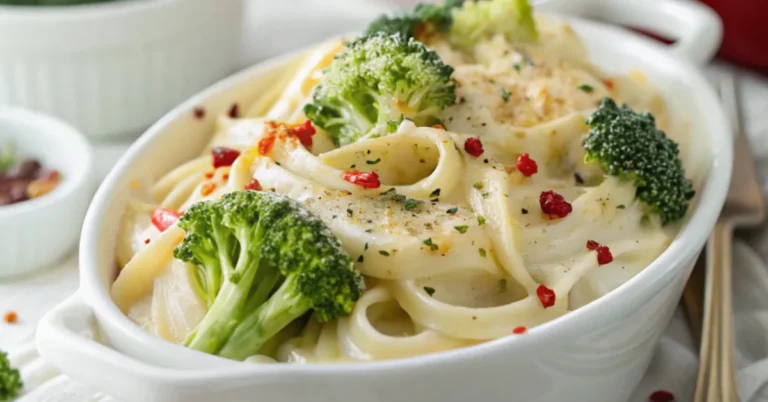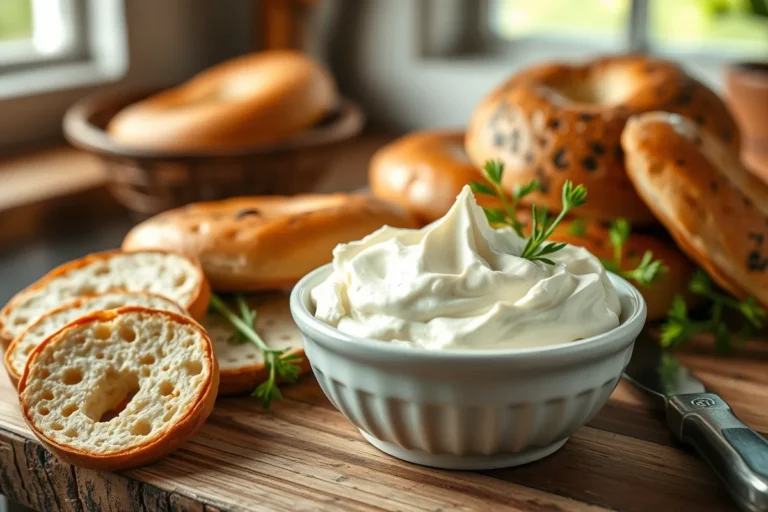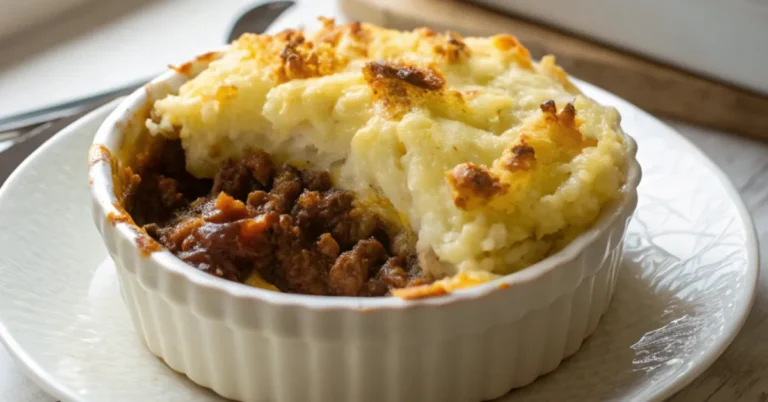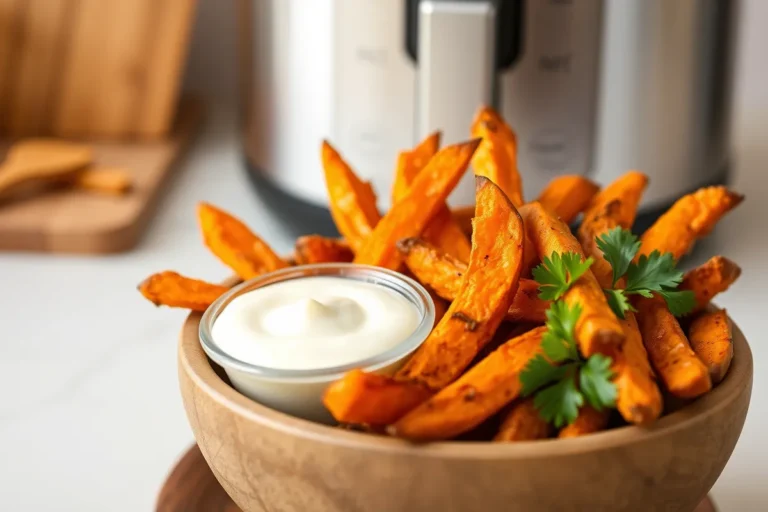Easy Ragu Recipe for Rich and Hearty Pasta Dinners
Introduction
When you think of comfort food that wraps around you like a warm Italian hug, nothing does it better than a well-made ragu recipe. This deeply savory, slow-cooked sauce transforms simple pasta into something extraordinary. It is the kind of dish that makes you feel transported to a rustic countryside kitchen where time slows down and flavor takes center stage. Whether you’re preparing a weeknight dinner or hosting friends who appreciate good food without pretense, a reliable ragu recipe is a must in your culinary toolkit.
This post walks you through everything you need to master an exceptional ragu recipe that is rich, hearty, and incredibly rewarding. From ingredients to step-by-step directions, expert tips, nutrition details, and FAQs, this guide is designed to give you confidence, clarity, and bold flavor in every bite. As always, I believe in keeping things simple, honest, and deeply satisfying. Think of this as your go-to Italian comfort dinner without unnecessary fuss. Just solid cooking and unforgettable results.
What Is This Recipe?
A ragu recipe is an Italian meat sauce traditionally made with a mixture of ground meats, aromatics, tomato, wine, and broth, simmered gently until it becomes thick, velvety, and layered with flavor. It is not fast food. It is slow food that rewards patience. The beauty of a ragu is in its complexity, yet its core technique is straightforward.
This ragu recipe captures the classic Italian principles but keeps the process accessible, practical, and flexible for a home kitchen. The goal is deep savoriness, softness of texture, and a richness that coats pasta without drowning it. Think of it as elegance wrapped in simplicity.
Essential Ingredients
These ingredients are the backbone of a memorable ragu recipe.
. Olive oil
. Onion
. Carrot
. Celery
. Garlic
. Ground beef
. Ground pork
. Tomato paste
. Crushed tomatoes
. Red wine or white wine
. Beef broth
. Milk
. Salt and black pepper
. Dried oregano
. Bay leaf
. Fresh parsley

Each component adds depth and personality, contributing to a final sauce that feels both rustic and refined. The balance between meats, vegetables, acidity, and slow cooking is what elevates a ragu recipe from ordinary to unforgettable.
Alternative Ingredients
Cooking should never be rigid. If you’re missing one ingredient, your ragu recipe doesn’t need to suffer. Here are smart swaps:
. Replace beef and pork with ground turkey or chicken
. Swap red wine with broth if you prefer not to cook with alcohol
. Use diced tomatoes instead of crushed for a chunkier texture
. Substitute milk with cream for extra richness
. Add mushrooms for a deeper umami flavor
. Trade parsley for basil if you want a sweeter herbal note
The goal is the same. Rich, comforting sauce. Choose what works best for your kitchen.
Prep Time, Cook Time and Full Details
| Prep Time | Cook Time | Total Time | Servings | Yield |
|---|---|---|---|---|
| 15 minutes | 2 hours | 2 hours 15 minutes | 6 servings | 1 large pot |
Key Features
This ragu recipe delivers:
. A slow-cooked richness that deepens with every minute
. A hearty texture that clings perfectly to pasta
. A flexible structure that works with different meats or vegetables
. An approachable method ideal for beginners and home cooks
. A bold Italian flavor profile without being overwhelming
It is designed for taste, consistency, and that cozy dinner satisfaction everyone appreciates.
Nutrition Facts
| Nutrient | Amount (per serving) |
|---|---|
| Calories | 380 |
| Protein | 24 g |
| Fat | 21 g |
| Carbohydrates | 22 g |
| Fiber | 4 g |
| Sodium | 640 mg |
| Sugars | 8 g |
(Values are approximate and vary based on ingredients used.)
Directions
Step-By-Step Guide to Making This Ragu Recipe
Creating a truly exceptional ragu recipe starts with understanding that every step contributes to building depth, richness, and balance. Think of it as layering flavors slowly instead of dumping everything into a pot and hoping for the best. This guide walks you through the full process, explaining not only what to do but why it matters, so you master the technique rather than memorizing the motions.
Step 1: Start by Heating the Olive Oil
Begin by warming olive oil in a heavy pot over medium heat. Choosing a thicker pot helps maintain steady heat and prevents burning. The warmed oil is your foundation, helping vegetables soften and releasing their natural sweetness.
Step 2: Cook the Onion, Carrot, and Celery Until Soft
These three vegetables form the classic Italian soffritto, the flavor base of any authentic ragu recipe. Chop them finely so they melt into the sauce later. Let them cook slowly, stirring occasionally, until they turn soft and slightly golden. This stage is crucial because it sets the tone for the entire sauce. Rushing it means sacrificing depth.
Step 3: Add Garlic and Release Its Aroma
Once the vegetables soften, add minced garlic. Cook it briefly to release its fragrance. Garlic burns quickly, so this step should be gentle. When you smell that warm, familiar aroma, you’re ready for the meat.
Step 4: Brown the Beef and Pork Thoroughly
Add the ground beef and ground pork to the pot. Break them apart with a spoon and cook until no pink remains. Browning is where serious flavor develops. You’re not just cooking the meat; you’re caramelizing it. This is what gives a ragu recipe body, richness, and that satisfying, savory bite.
Step 5: Season as the Meat Cooks
Sprinkle in salt, black pepper, and dried oregano. Seasoning early infuses the meat from the inside out. You’re shaping the flavor profile now, not later.
Step 6: Add Tomato Paste and Let It Darken
Tomato paste needs a moment of heat to unlock its full potential. Stir it in and cook it for a minute until it darkens slightly. This removes any raw acidity and builds a deeper tomato richness in your ragu recipe.
Step 7: Pour in the Wine and Let It Reduce
Wine adds acidity, complexity, and sophistication. Once you pour it in, let it simmer until reduced by half. This cooks off harsh alcohol while leaving behind a gentle depth that gives the sauce character.
Step 8: Add Crushed Tomatoes and Broth
These create the body of your sauce. The crushed tomatoes give texture, while the broth extends cooking time without drying the mixture. Together, they form the perfect base for a slow-simmered ragu recipe.
Step 9: Add the Bay Leaf and Simmer Slowly
Drop in a bay leaf, reduce the heat, and let everything simmer gently for at least 1.5 to 2 hours. This is where magic happens. Flavors meld, meat softens, and the sauce thickens naturally. A proper ragu recipe never rushes this stage.
Step 10: Stir Occasionally and Adjust Consistency
A slow simmer means occasional stirring to prevent sticking. If the sauce becomes too thick, add a splash of broth. If it’s still thin near the end, let it simmer uncovered.
Step 11: Finish with Milk
Adding a small amount of milk softens acidity and gives the sauce a silky finish. It’s a subtle but transformative final touch.
Step 12: Taste and Adjust Seasoning
Before you serve your ragu recipe, taste it. Good cooking is about balance. Adjust salt, pepper, or herbs if needed.
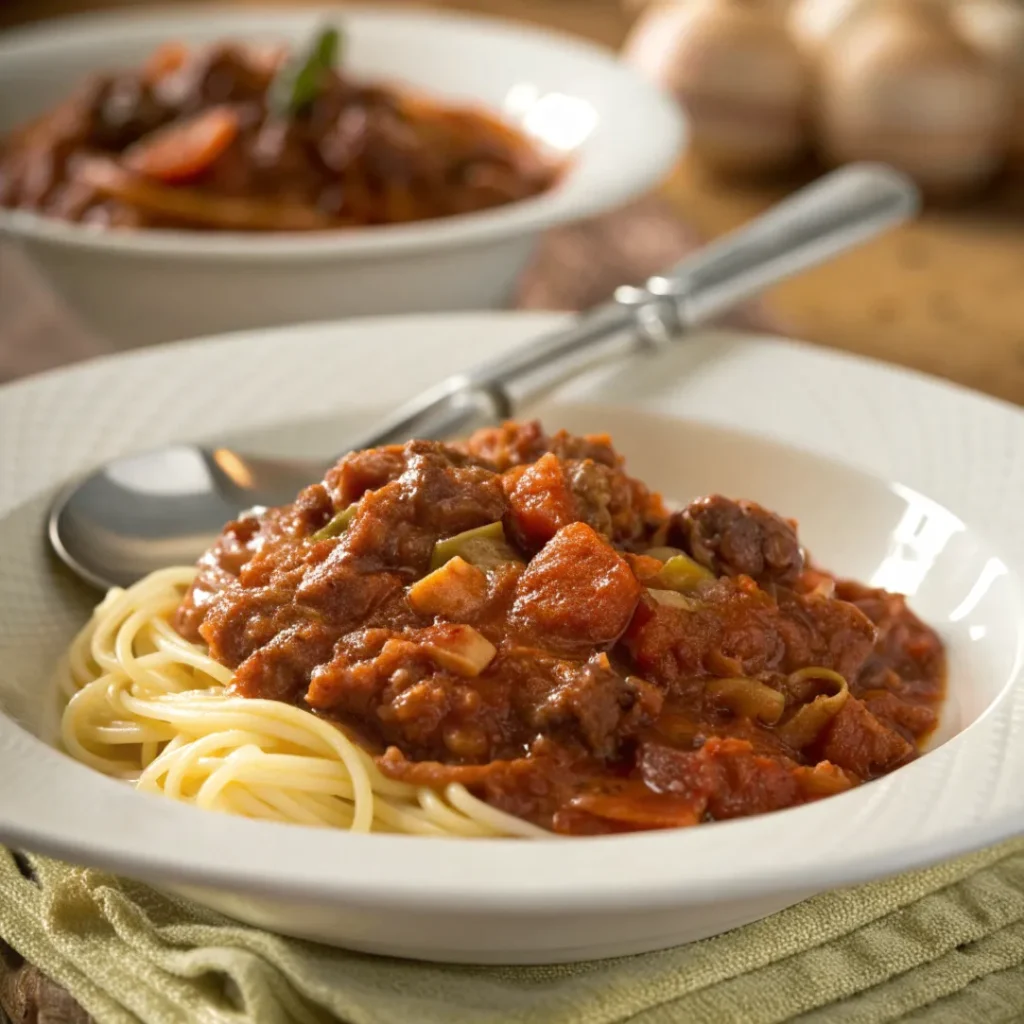
Pro Tips for a Perfect Sauce
A ragu recipe improves dramatically with a few simple but strategic techniques.
. Cook the vegetables slowly so they become sweet and soft
. Brown the meat thoroughly to build flavor
. Do not skip the wine reduction step
. Let the sauce simmer uncovered for natural thickening
. Avoid rushing; time transforms this sauce
. Stir occasionally to prevent sticking
. Add milk at the end for balance
. Always taste before serving; final adjustments matter
When treated with patience and care, this ragu recipe becomes a masterpiece.
Why You’ll Love This Ragu Recipe
This ragu recipe is consistently satisfying because it delivers:
. Deeply developed flavors
. Comforting texture and warmth
. A balance between meatiness and tomato acidity
. Perfect pairing with pasta of all shapes
. A cost-friendly option that feels luxurious
. Ideal leftovers that taste even better the next day
It is the kind of dish that wins over picky eaters, seasoned cooks, and anyone who appreciates a good meal. The simplicity is its strength, and the flavor is its triumph.
What Makes This Recipe Unique?
This version of a ragu recipe stands out because it focuses on clean technique, minimal effort, and maximum reward. The slow simmering is essential, but beyond that, you get flexibility, approachability, and a flavor that feels both classic and modern.
The inclusion of milk at the end is an old Italian trick that softens acidity and delivers a silky finish. The mixture of meats provides complexity without being heavy. And the step-by-step design ensures success even for beginners.
It is a timeless recipe made accessible.
Frequently Asked Questions (FAQs)
Can I freeze this ragu recipe?
Yes. It freezes beautifully for up to 3 months.
Can I use only beef?
Absolutely, though the combination of meats gives deeper flavor.
Can I skip the wine?
Yes. Replace it with extra broth for a similar texture.
What pasta works best?
Tagliatelle, pappardelle, rigatoni, or any wide pasta that holds sauce well.
Can I use a slow cooker?
Yes. Brown everything first, then cook on low for 6 to 7 hours.
You’ll Also Love
If this ragu recipe wins your heart, you may also enjoy these comforting dinner ideas:
. Creamy Tuscan Chicken
. Italian Sausage Pasta Bake
. Slow Cooked Beef Stew
. Mushroom Alfredo with Garlic Herbs
Each one is rich, flavorful, and perfect for evenings when you want real food without pretense.
Conclusion
A great ragu recipe is more than just a sauce. It is a celebration of slow cooking, flavor layering, and the beauty of old-world food made modern for your kitchen. This dish proves that simple ingredients can become extraordinary with a little time, warmth, and intention. Whether you are cooking for yourself, your family, or a table of hungry friends, this ragu recipe brings everyone together with comfort, richness, and undeniable satisfaction.
Don’t forget to share your creations with #beesrecipes on threads .



